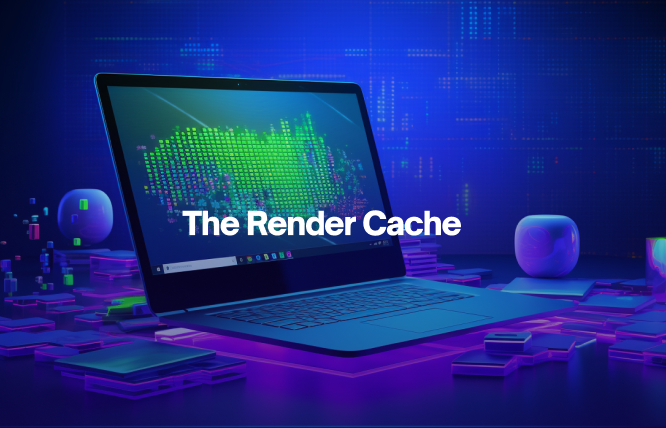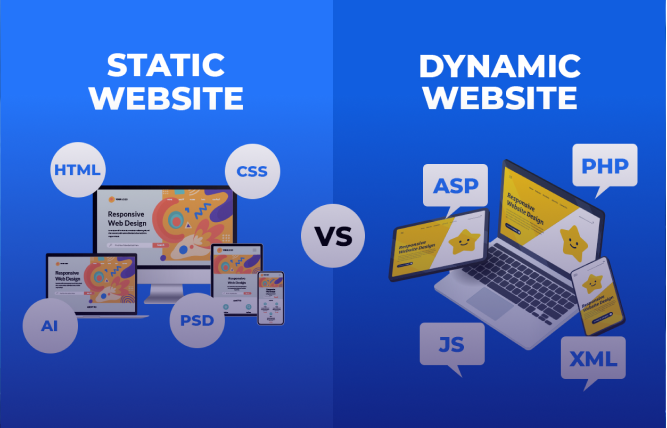Introduction
This blog will help you in enhancing and optimising the render cache. By effectively leveraging hardware acceleration, tracking dependencies, compressing images, organising data, and managing caching size, you can significantly enhance your website’s user experience and speed.
Are you new to web application development? Here is some advice for you – focus on enhancing and optimising the render cache because render caches play an important role in improving the user experience and performance of web applications.
By storing pre-rendered content, these caches decrease the requirement for repeated rendering, resulting in better SEO and faster page load times.
| Technique | Benefits | Challenges |
Profiling and Optimisation | Identifies bottlenecks, guises optimisation | Requires specialised tools and expertise |
Hardware Acceleration | Decreases CPU load, improves performance | It can be expensive and hardware-dependent |
Caching Strategies | Optimises for specific use cases | It may require additional management and configuration |
Dependency Tracking | Ensures cache freshness, avoids stale content | It can be complex for dynamic content |
Image Compression | Improves load times, decreases file size | It can introduce quality loss in some cases |
Cache Organisation | Efficient lookup, optimised access | Complex data structures can be difficult to implement |
Cache Size and Management | Improves performance, decreases load times | Requires careful management to avoid cache bloat |
This blog will explore a range of techniques for enhancing and optimising the render cache, helping you achieve faster and more responsive web applications.
Render Caches in a Glance
A render cache is a web application that stores pre-rendered content, such as images, CSS, and HTML. When a user requests a page, the application checks the cache for a matching entry. If a cached version exists, it is served directly to the user, bypassing the need for the rendering process. Cache Size & Management
A key factor that affects the effectiveness of a render cache is its size. If the cache is too small, frequently accessed content might not be stored, leading to slower page load times. If the cache is too large, it can consume excessive resources and memory.
To optimise cache management and size, consider the following techniques:
- Cache Expiration: Set appropriate expiration times for cached content to prevent stale data from being served to users.
- Eviction Policies: Implement strategies such as FIFO (First-In-First-Out) and LRU (Least Recently Used) to remove less frequently accessed content.
- Dynamic Cache Sizing: Adjust cache size based on performance and workload metrics to maintain optimal
Cache Organisation
Another crucial consideration for those enhancing and optimising render caches is efficient cache organisation. Proper organisation is key to optimised access and faster lookup times.
Consider the following techniques to achieve this:
- Data Structures: Choose appropriate data structures (arrays, linked lists) depending on update frequency and access patterns.
- Hierarchical Structures: For large caches, use hierarchical structures like quadtrees or B-trees to improve search performance.
- Hash Tables: Use hash tables to store cached content, enabling quick retrieval based on unique identifiers.
Image Compression
It plays a significant role in reducing file size and improving load times. Consider the following factors:
- Lossy Compression: JPEG is commonly used for images where some loss of quality is acceptable.
- Lossless Compression: Formats like PNG and JPEG 2000 are popular choices for maintaining image quality without any loss.
Dependency Tracking
To avoid serving old content and ensure cache freshness, it is essential to implement dependency-tracking mechanisms. This includes:
- Dependency Graphs: Create dependency graphs to track the relationships between cached content and resources, facilitating efficient invalidation.
- Invalidating Cached Content: When changes occur in the underlying resources (e.g. JavaScript, CSS, HTML), ensure that the corresponding cached entries are invalidated.
Caching Strategies
Various caching strategies can be applied to optimise for specific use cases, such as:
Level-of-Detail Caching: Cache multiple levels of detail for objects to render them at appropriate resolutions, depending on the distance factor.
View-Dependent Caching: Store content based on the viewing angle to optimise for different camera positions.
Title Caching: Cache content in fixed-size tiles for reduced invalidation costs and partial updates.
Hardware Acceleration
Utilise hardware acceleration to enhance render cache performance via:
Texture Compression: To minimise memory usage, use hardware-supported texture compression formats.
GPU Caching: Store cached content straight to the graphics card to make way for faster access.
Profiling & Optimisation
Use profiling tools to guide optimisation efforts and identify performance bottlenecks to analyse:
Access Patterns: Analyse how cached content is accessed to optimise algorithms and data structures.
Eviction Rates: Decide how often content gets removed from the cache.
Cache Hit Rates: Measure the frequency of successful cache lookups.
Hypothetical Case Studies
Case 1: Let’s say that an SEO web development company implements a render cache optimisation strategy that lead to a 15% improvement in page load times. This will improve search engine rankings and overall user engagement.
Case 2: A WordPress web development services used a combination of server-side caching and browsing caching to improve the website’s performance. This caused a significant improvement in user experience and a decrease in bounce rates.
Case 3: A custom website developer optimised the render cache for an e-commerce website, leading to 30% increase in conversions with improved user satisfaction and faster page load times.
Case 4: Website optimisation service provider offered render caching optimisation recommendations to a client for a 40% decrease in page load times. It improved the website’s overall SEO and performance.
Further Informational Assistance for You
To optimise your render cache for better performance, consider employing a range of techniques. Start by conducting web performance audits to identify areas for improvement and pinpoint bottlenecks. Server-side caching solutions can be highly effective for storing frequently accessed content on your web server, reducing application load and improving response times.
Moreover, optimising render-blocking resources helps prevent delays in rendering above-the-fold content. Leverage edge caching and global CDN implementation to distribute content closer to users, reducing latency and improving page load times.
By combining these strategies, you can create an optimised render cache that enhances the user experience with a fast, responsive web application.
Always remember to continuously monitor and analyse your website’s performance, regularly checking the key web pages to identify further optimisation opportunities.
Concluding Remarks
If you are new to enhancing and optimising the render cache, thIs blog should be your guide. Implementing these techniques will significantly enhance and optimise your render cache, leading to faster page load times, better SEO, and improved user experience. Continuously analyse and monitor your cache performance to identify further optimisation areas.
Finally, if you are looking for reputed website optimisation services provider, connect with FuturByte. We are a globally recognised software solutions provider, using the best website caching techniques.
Frequently Asked Questions
A properly optimised render cache can improve page load times, which is a vital SEO factor. Faster load times will ultimately cause higher rankings and a better user experience.
Yes, GPTBot can impact website speed. It is designed to be efficient, but the rendering of complex content can still influence performance. Proper optimisation of your render cache can aid in mitigating this influence.
This is a sequence of steps that a browser takes to render a page. Its optimisation involves decreasing JavaScript execution time, minimising network requests, and ensuring efficient CSS rendering.
Have questions or feedback?
Get in touch with us and we‘l get back to you and help as soon as we can!




